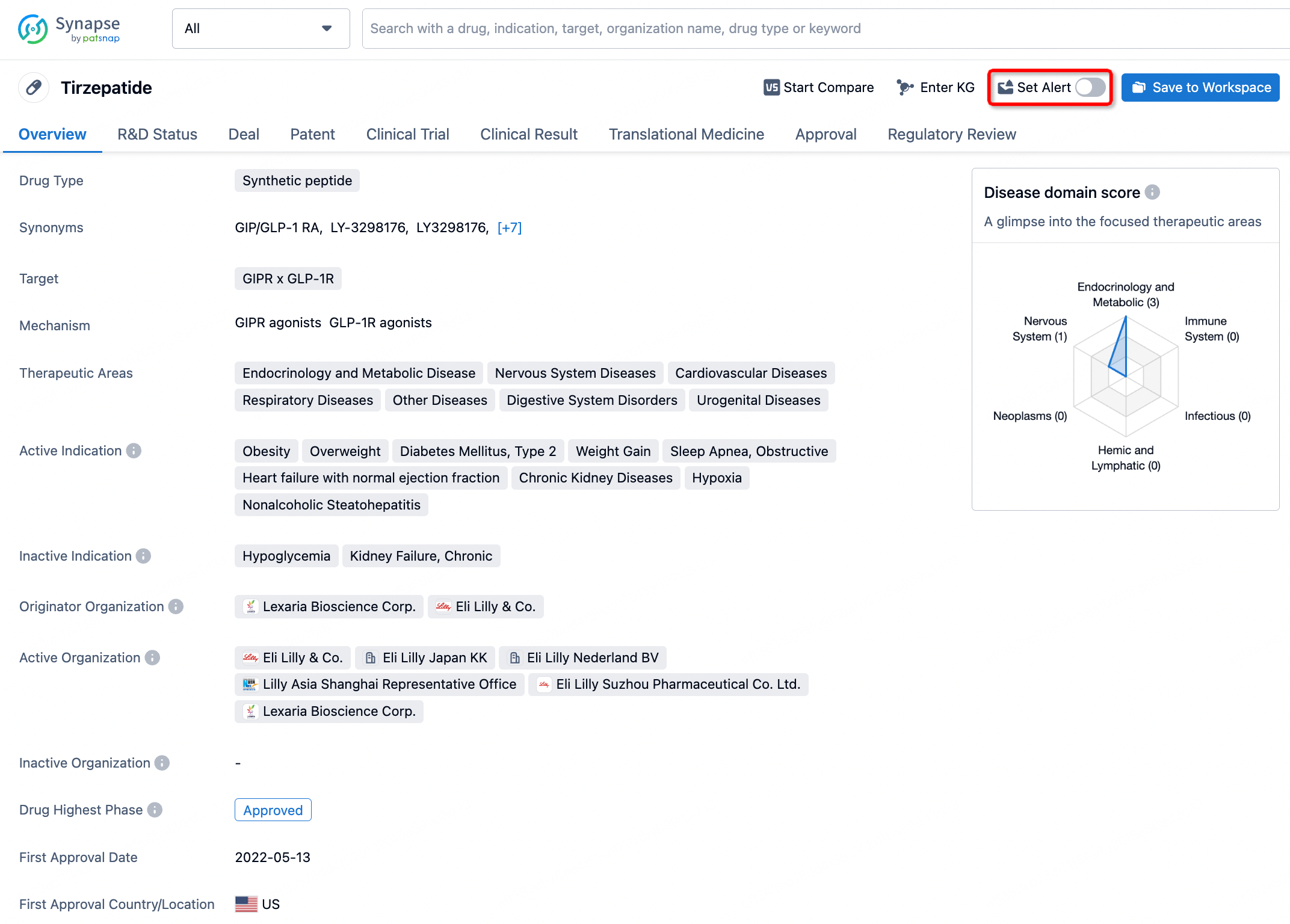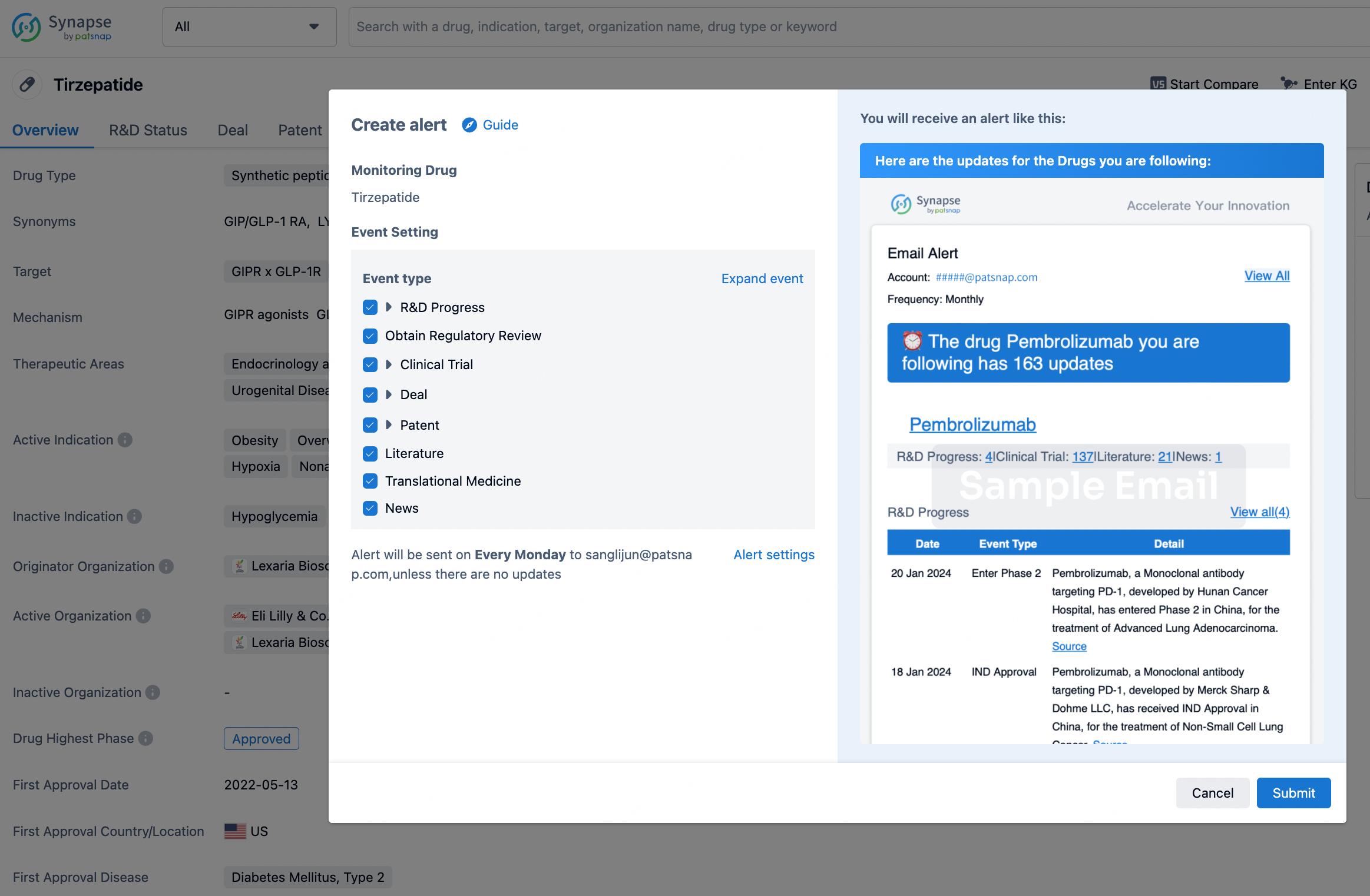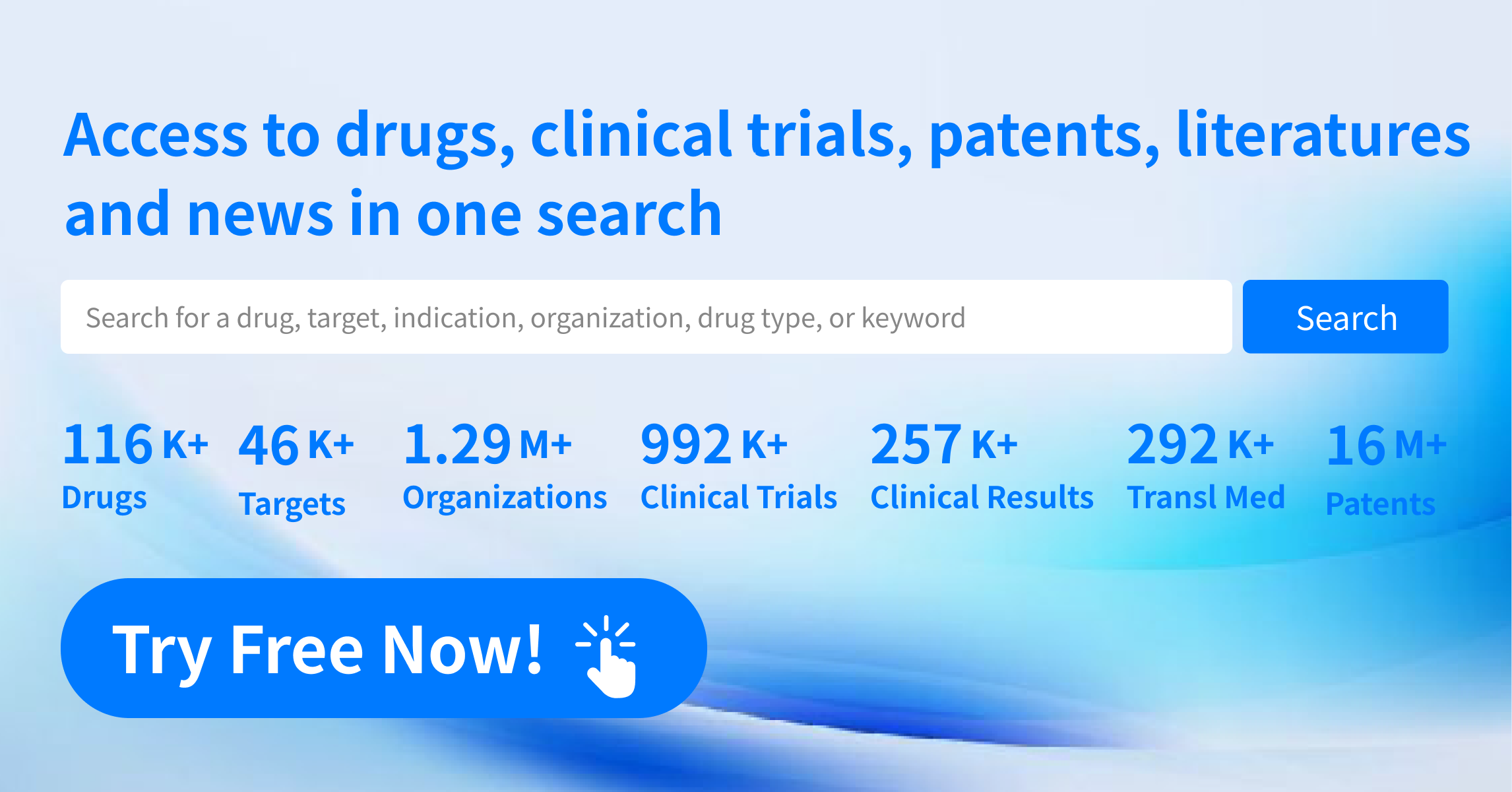Request Demo
What is Bacampicillin Hydrochloride used for?
15 June 2024
Bacampicillin Hydrochloride, commonly marketed under trade names such as Spectrobid, is a semi-synthetic penicillin antibiotic that falls under the class of beta-lactam antibiotics. Developed to combat bacterial infections, it targets a broad range of Gram-positive and Gram-negative bacteria. Bacampicillin is essentially a prodrug of ampicillin, designed to enhance the oral bioavailability of the parent compound. Initially developed and researched by pharmaceutical institutions in the 1970s, Bacampicillin Hydrochloride was designed to address the shortcomings of its predecessor, particularly its limited absorption when administered orally. The drug is indicated for the treatment of various infections, including respiratory tract infections, urinary tract infections, skin and soft tissue infections, and gastrointestinal infections. Over the years, Bacampicillin Hydrochloride has undergone extensive clinical trials to validate its efficacy and safety profile, and it has been widely accepted in clinical practice as a reliable antibiotic option.
Bacampicillin Hydrochloride operates as a prodrug, which means it is converted into its active form, ampicillin, once it is administered. Upon oral intake, Bacampicillin is rapidly absorbed from the gastrointestinal tract and subsequently hydrolyzed to ampicillin by esterases present in the liver and blood. The active ampicillin then exerts its antibacterial effect by inhibiting the synthesis of bacterial cell walls. It accomplishes this by binding to penicillin-binding proteins (PBPs) located inside the bacterial cell wall. This binding inhibits the transpeptidation enzyme that cross-links the peptide chains in the bacterial cell wall, thereby weakening it and leading to cell lysis and death. The ability to inhibit the synthesis of the bacterial cell wall makes Bacampicillin effective against actively growing bacteria. However, it is worth noting that some bacteria have developed resistance mechanisms, such as the production of beta-lactamase enzymes that can degrade beta-lactam antibiotics, including Bacampicillin.
The administration of Bacampicillin Hydrochloride is typically oral, and it is available in tablet or capsule form. The drug should be taken with a full glass of water and can be ingested with or without food, although taking it with food may reduce stomach upset. The typical dosage for adults ranges from 400mg to 800mg, taken two to three times daily depending on the severity and type of infection. For pediatric patients, the dosage is usually adjusted based on body weight and the specific infection being treated. The onset of action for Bacampicillin is relatively quick, with peak plasma concentrations of the active compound, ampicillin, occurring within 1 to 2 hours after administration. The duration of treatment varies depending on the type and severity of the infection but generally ranges from 7 to 14 days. It is essential to complete the full prescribed course of Bacampicillin, even if symptoms improve, to ensure the complete eradication of the bacteria and to prevent the development of antibiotic resistance.
As with any medication, Bacampicillin Hydrochloride can cause side effects, although not everyone experiences them. Common side effects include gastrointestinal disturbances such as nausea, vomiting, diarrhea, and abdominal pain. These effects are typically mild and transient but can be bothersome to some patients. More severe but less common side effects include allergic reactions such as skin rash, itching, and anaphylaxis, which require immediate medical attention. Prolonged use of Bacampicillin may lead to superinfection with non-susceptible organisms, including fungi. Other potential side effects include hematological reactions such as anemia, thrombocytopenia, and leukopenia, although these are rare. Contraindications for Bacampicillin use include known hypersensitivity to penicillins or cephalosporins, as cross-reactivity can occur. Caution is also advised in patients with a history of gastrointestinal diseases, particularly colitis, and in those with renal impairment, as dose adjustments may be necessary.
Several other drugs can interact with Bacampicillin Hydrochloride, potentially altering its efficacy or increasing the risk of adverse effects. For instance, the concomitant use of allopurinol with Bacampicillin increases the risk of rash. The interaction with oral contraceptives is particularly noteworthy, as Bacampicillin can reduce the effectiveness of birth control pills, necessitating the use of additional contraceptive measures. Probenecid, a drug used to treat gout, can interfere with the renal excretion of ampicillin, leading to increased plasma levels and prolonged action of the antibiotic. Anticoagulants like warfarin may also interact with Bacampicillin, increasing the risk of bleeding; therefore, careful monitoring of coagulation parameters is recommended. It is essential to inform healthcare providers of all medications being taken concurrently with Bacampicillin to manage potential interactions effectively.
Bacampicillin Hydrochloride operates as a prodrug, which means it is converted into its active form, ampicillin, once it is administered. Upon oral intake, Bacampicillin is rapidly absorbed from the gastrointestinal tract and subsequently hydrolyzed to ampicillin by esterases present in the liver and blood. The active ampicillin then exerts its antibacterial effect by inhibiting the synthesis of bacterial cell walls. It accomplishes this by binding to penicillin-binding proteins (PBPs) located inside the bacterial cell wall. This binding inhibits the transpeptidation enzyme that cross-links the peptide chains in the bacterial cell wall, thereby weakening it and leading to cell lysis and death. The ability to inhibit the synthesis of the bacterial cell wall makes Bacampicillin effective against actively growing bacteria. However, it is worth noting that some bacteria have developed resistance mechanisms, such as the production of beta-lactamase enzymes that can degrade beta-lactam antibiotics, including Bacampicillin.
The administration of Bacampicillin Hydrochloride is typically oral, and it is available in tablet or capsule form. The drug should be taken with a full glass of water and can be ingested with or without food, although taking it with food may reduce stomach upset. The typical dosage for adults ranges from 400mg to 800mg, taken two to three times daily depending on the severity and type of infection. For pediatric patients, the dosage is usually adjusted based on body weight and the specific infection being treated. The onset of action for Bacampicillin is relatively quick, with peak plasma concentrations of the active compound, ampicillin, occurring within 1 to 2 hours after administration. The duration of treatment varies depending on the type and severity of the infection but generally ranges from 7 to 14 days. It is essential to complete the full prescribed course of Bacampicillin, even if symptoms improve, to ensure the complete eradication of the bacteria and to prevent the development of antibiotic resistance.
As with any medication, Bacampicillin Hydrochloride can cause side effects, although not everyone experiences them. Common side effects include gastrointestinal disturbances such as nausea, vomiting, diarrhea, and abdominal pain. These effects are typically mild and transient but can be bothersome to some patients. More severe but less common side effects include allergic reactions such as skin rash, itching, and anaphylaxis, which require immediate medical attention. Prolonged use of Bacampicillin may lead to superinfection with non-susceptible organisms, including fungi. Other potential side effects include hematological reactions such as anemia, thrombocytopenia, and leukopenia, although these are rare. Contraindications for Bacampicillin use include known hypersensitivity to penicillins or cephalosporins, as cross-reactivity can occur. Caution is also advised in patients with a history of gastrointestinal diseases, particularly colitis, and in those with renal impairment, as dose adjustments may be necessary.
Several other drugs can interact with Bacampicillin Hydrochloride, potentially altering its efficacy or increasing the risk of adverse effects. For instance, the concomitant use of allopurinol with Bacampicillin increases the risk of rash. The interaction with oral contraceptives is particularly noteworthy, as Bacampicillin can reduce the effectiveness of birth control pills, necessitating the use of additional contraceptive measures. Probenecid, a drug used to treat gout, can interfere with the renal excretion of ampicillin, leading to increased plasma levels and prolonged action of the antibiotic. Anticoagulants like warfarin may also interact with Bacampicillin, increasing the risk of bleeding; therefore, careful monitoring of coagulation parameters is recommended. It is essential to inform healthcare providers of all medications being taken concurrently with Bacampicillin to manage potential interactions effectively.
How to obtain the latest development progress of all drugs?
In the Synapse database, you can stay updated on the latest research and development advances of all drugs. This service is accessible anytime and anywhere, with updates available daily or weekly. Use the "Set Alert" function to stay informed. Click on the image below to embark on a brand new journey of drug discovery!
AI Agents Built for Biopharma Breakthroughs
Accelerate discovery. Empower decisions. Transform outcomes.
Get started for free today!
Accelerate Strategic R&D decision making with Synapse, PatSnap’s AI-powered Connected Innovation Intelligence Platform Built for Life Sciences Professionals.
Start your data trial now!
Synapse data is also accessible to external entities via APIs or data packages. Empower better decisions with the latest in pharmaceutical intelligence.


